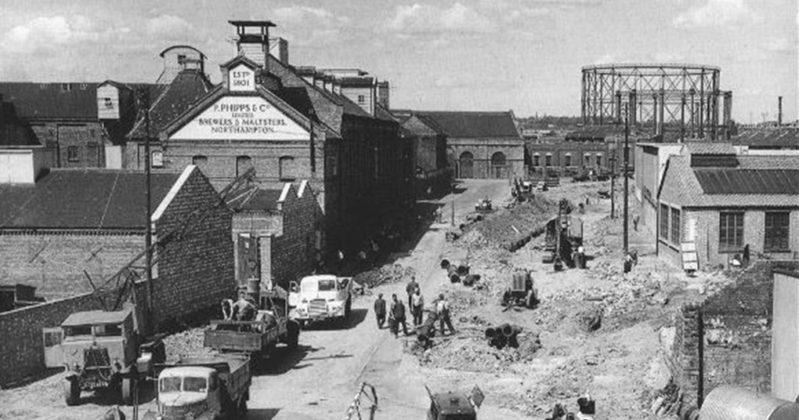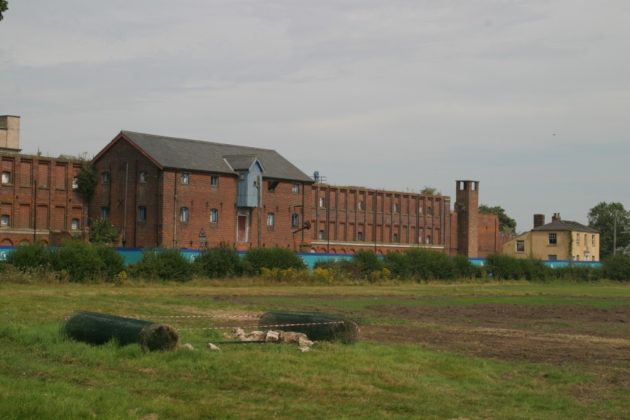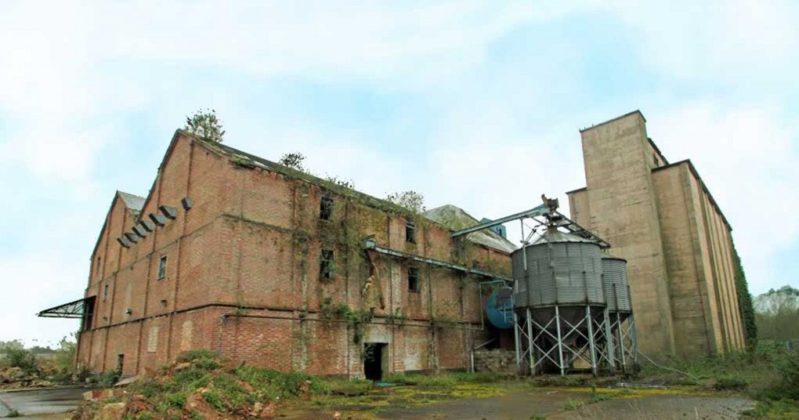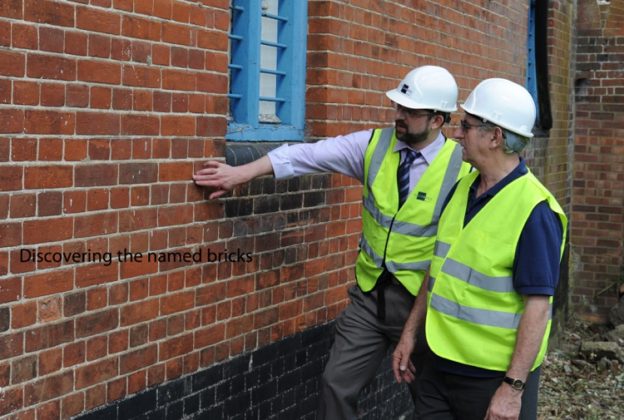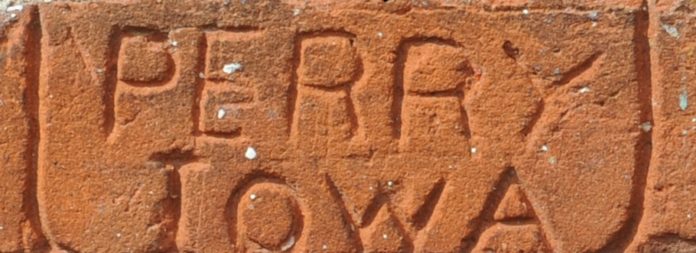
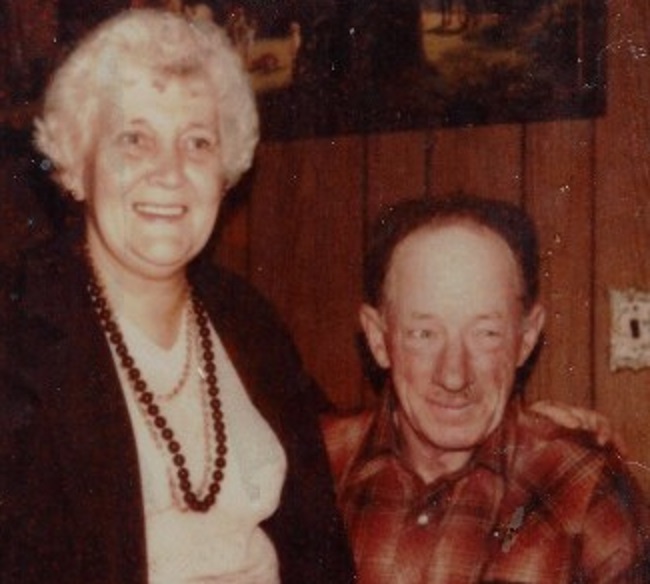
Thanks to a newspaper article written in the East Anglican Times in England, I began the quest to find information about a World War II U.S. Army soldier who was stationed at Ditchingham Maltings near Bungay, England.
The base located in the picturesque valley of the Waveney River on the boundary of Norfolk and Suffolk counties was originally a silk mill and later converted and expanded as a maltings, producing malt for local breweries.
In 1943 the old mill on Pirnhow Street was modified to handle the Ditchingham Home Guard. In January 1944 it was modified again as a U.S. Army Air Force storage depot. The official American name of the base was Station Q-104 of the U.S. Army Air Force Combat Support Wing.
The buildings were large enough to provide loading bays, accommodations for troops, cooking, dining, storage of supplies and an area for mechanical maintenance of vehicles.
The American soldiers stationed at Ditchingham had travelled thousands of miles to fight for what they believed in and wanted to be remembered. This remembrance was accomplished as the soldiers etched their names and/or hometowns into the bricks of the old mill while they were stationed there.
The names of more than 45 servicemen were found etched into the brickwork at Ditchingham Maltings, and one of the bricks pictured in the English newspaper was etched with the words “Perry, Iowa” on it. Thus began my quest to find the name of the Perry soldier who engraved the name of his hometown on the brick more than 70 years ago.
I was able to obtain the roster of 100 soldiers who were stationed at the Ditchingham Maltings. There were soldiers from all over the U.S. on the roster, but only two from Iowa: Lester J. Alexander of Perry and L. H. Berning of Breda in Carroll County.
Alexander was born Feb. 10, 1918, in the Perry/Angus area. He joined the U.S. Army March 2, 1942, and was trained in the Transportation Quartermaster Corps, which was established July 31, 1942.
Before the war was over, these soldiers moved 7 million soldiers plus 126 million tons of supplies overseas. Much of the work this company did prior to D-Day on June 6, 1944, involved the practice loading of trucks and driving them to destination ports and then bringing them back to the storage depot. This practice allowed the soldiers to be thoroughly prepared for the Normandy Invasion while not giving away its exact timing.
While stationed at the Ditchingham Maltings, Pfc. Alexander met and married Peggy Burrell Mitchell in early 1944 at the Norwich Outer District registration office in Norfolk County. The Alexanders continued to live near Ditchingham until 1946 even though Lester’s unit became part of the Red Ball Express on Aug. 25, 1944.
Following their marriage on March 16, 1944, the Alexanders only lived in Ditchingham until the following May 29. From May 29 to July 18, Les served in various locations around England, and on July 19 he and his fellow soldiers of the 3584th arrived on the Utah beachhead in France, becoming part of the Red Ball Express.
The name Red Ball Express came from a railroad term meaning express freight. The Red Ball Express highway was a long-distance, one-way loop highway that was open to military traffic only.
War correspondent Ernie Pyle described the challenge of keeping the soldiers of the U.S. First Army and Third Army forward-area supplied as “a tactician’s hell and a quartermaster’s purgatory,” and from this logistical crisis the Red Ball Express was born.
In its three month of existence, there was an average of 900 “deuce-and-a-half” trucks traveling the express during every 24-hour period. All operations were carried out under intermittent bombing attacks, accidents on the narrow roads, blackout driving conditions, roaming livestock and starving civilians — as well as the often-inclement Continental weather. Schedules were so grueling that drivers would brag about switching drivers while the trucks were still running. The drivers’ only protection was carbines and machine guns.
While serving with the Red Ball Express, Pfc. Alexander was stationed at various places in France, Belgium, Holland and finally, on April 25, 1945, in Limburg, Germany, where he stayed until 1946.
Many soldiers of the Red Ball Express later suffered breathing problems due to the explosion of 1,200 tons of high-explosive and incendiary bombs at Metfield airbase in Suffolk July 15, 1944. The cause of the explosion remains a mystery.
Fortunately, while Pfc. Alexander was fulfilling his military obligations in Western Europe, his English war bride, Peggy, continued living at Daisy Mead in Ditchingham with her parents. It was there that Peggy gave birth to their first child, Thomas Alexander, who came to the U.S. with his mother after departing from Southampton aboard the Queen Mary.
Following his Army discharge, Les and Peggy continued to live and work in the Perry/Angus area, where they welcomed the birth of their second son, John Alexander.
Les Alexander passed away in 1984 and Peggy in 1985, and both are buried in Perry’s Violet Hill Cemetery.
I would like to express my appreciation to Sue Epley of Woodward, Iowa, who first made me aware of the mystery of the bricks, and to Mr. Huby Fairhead, curator/keeper of the Norfolk and Suffolk Aviation Museum in Bungay, England. I also wish to thank Les and Peggy’s sons, Tom of Perry and John of Woodward, for allowing me to share a portion of the brave and interesting lives of their parents.









